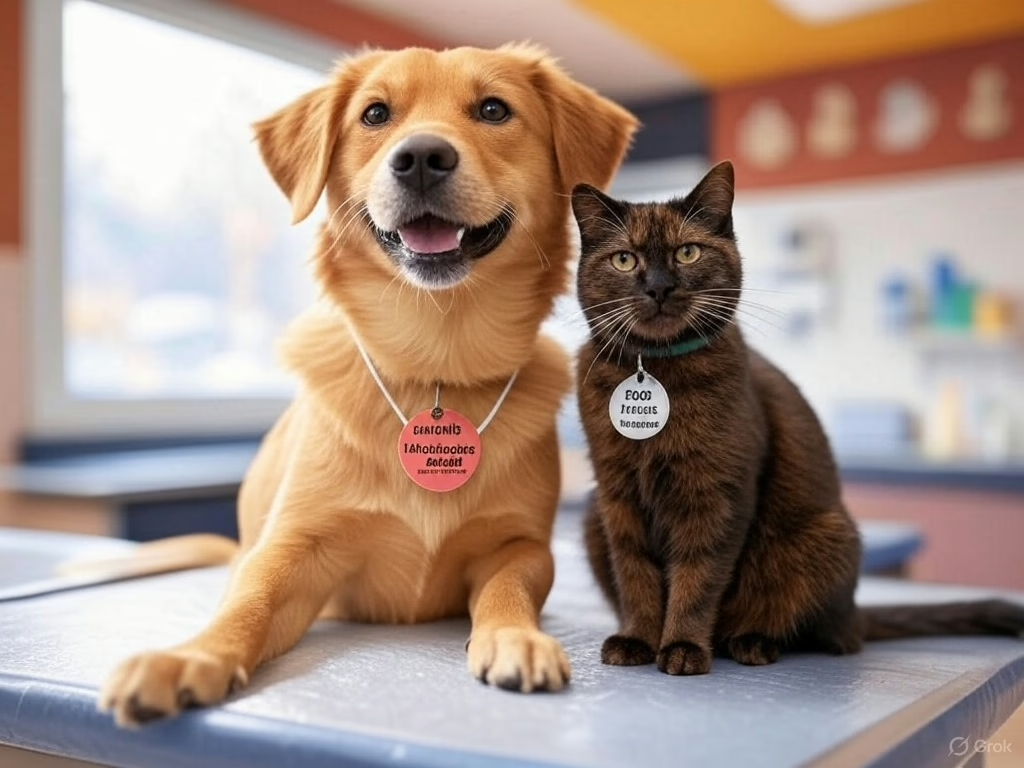Is Pet Insurance Worth It? The Pros and Cons Every Pet Owner Should Know
Pet ownership is a source of joy, companionship, and, let’s face it, surprise expenses. From emergency vet visits to chronic conditions, the cost of caring for a pet can escalate quickly. This brings us to a question more pet owners are asking today: Is pet insurance worth it?
This guide explores the pros and cons of pet insurance in-depth, offering a balanced view to help you decide whether this financial tool fits your situation. Whether you’re a new puppy parent, a seasoned cat owner, or someone managing multiple pets, this article covers everything you need to know.
What Is Pet Insurance and How Does It Work?
Pet insurance operates similarly to health insurance for humans. You pay a monthly premium, and in return, your insurer reimburses you for covered medical expenses related to your pet. Plans differ in what they cover and how they handle claims, but most fall into these categories:
- Accident-only policies: Cover emergencies like fractures, poison ingestion, or bite wounds.
- Accident and illness policies: Include both emergencies and illnesses such as cancer, diabetes, or skin allergies.
- Comprehensive or wellness plans: Extend to routine care like vaccinations, dental cleanings, and annual exams.
Most pet insurance providers require you to pay the vet directly and then file for reimbursement. Reimbursement rates typically range from 70% to 90% after you meet a deductible.
The Rising Cost of Veterinary Care
Veterinary costs have been climbing steadily, especially as technology advances. Modern diagnostics and treatments have improved outcomes for pets, but they come with higher price tags:
- Emergency surgery: $2,000–$5,000
- Cancer treatment: $3,000–$10,000
- MRI or CT scan: $1,500–$3,500
- Long-term medication for chronic conditions: $30–$300/month
Without insurance, these costs can hit suddenly and force difficult decisions. A good pet insurance policy can offer critical financial support when you need it most.
Pros of Pet Insurance
1. Emergency Protection
Unexpected illnesses or injuries can happen at any time. Pet insurance helps cover these costs so you can focus on care, not cash flow.
2. Easier Budgeting
Monthly premiums provide a predictable expense. Instead of worrying about sudden bills in the thousands, you pay a consistent fee each month.
3. Access to Better Treatments
Many insurance plans help cover advanced treatments, allowing your pet access to MRIs, surgery, chemotherapy, and specialist care you might otherwise avoid due to cost.
4. Peace of Mind
Insurance removes the “can I afford this?” element from veterinary decisions. When emotions run high, knowing you’re covered can be a huge relief.
5. Early Enrollment Benefits
Insuring pets early can lock in better rates and ensure full coverage before any health issues arise. Pre-existing conditions are typically excluded, so early signup is key.

Cons of Pet Insurance
1. It Doesn’t Cover Everything
Most policies exclude pre-existing conditions, elective procedures (like tail docking), and certain hereditary diseases based on breed. Always read the exclusions carefully.
2. You Still Pay Upfront
Pet insurance is reimbursement-based. You’ll often need to pay the bill in full before filing a claim and receiving reimbursement days or weeks later.
3. Premiums Rise Over Time
As your pet ages, your premium likely increases. Senior pets tend to cost more to insure and may face stricter coverage terms.
4. Wellness Coverage May Not Save Money
Some “wellness” add-ons cover things like vaccines or annual exams. However, these benefits often match the premium cost, offering little financial advantage over paying out-of-pocket.
5. Some Conditions Are Breed-Specific Exclusions
Certain breeds are more prone to health issues—French Bulldogs, Golden Retrievers, and Persian cats, for example. Some insurers either charge higher premiums or exclude coverage for breed-specific conditions.
Comparing the Cost: Insurance vs. Out-of-Pocket
Let’s break it down using a common scenario. You adopt a Labrador puppy and purchase a $40/month accident and illness policy. Over 10 years, you’ll spend approximately $4,800 on premiums.
During that time, suppose your dog has:
- One emergency surgery: $3,000
- Chronic allergy treatment: $1,500
- Tooth extraction: $800
- Multiple vet visits and diagnostics: $1,000
Total veterinary costs: $6,300
Insurance reimbursement (after deductible and copay): ~$4,700
In this example, insurance nearly offsets its own cost. And critically, it smooths your out-of-pocket spending over time.
Low-Competition SEO Keywords You Should Know
For those writing about or comparing pet insurance policies, incorporating low-competition but high-interest keywords can improve visibility:
- pet insurance worth it
- pet insurance pros and cons
- cost of pet insurance monthly
- best pet insurance for dogs with allergies
- accident only pet insurance
- pet insurance vs self-insurance
- pet insurance exclusions
- pet insurance for older pets
- dental coverage in pet insurance
- dog surgery cost without insurance
Using these phrases strategically in headers and body content helps your article appear for searches that advertisers are actively targeting, increasing the likelihood of higher AdSense earnings.
Who Should Buy Pet Insurance?
Best Candidates:
- New pet owners: Get ahead of the curve with full coverage
- Owners of active breeds: More prone to injuries or hereditary issues
- Those in high-cost cities: Veterinary fees are typically higher in urban areas
- Multi-pet households: Some insurers offer discounts for additional pets
- People who would struggle to cover a $2,000+ emergency
Who Might Skip It:
- Owners of senior pets with known health conditions
- Financially prepared individuals with a dedicated pet emergency fund
- Those who don’t mind paying out of pocket for routine and occasional care
Popular Pet Insurance Providers in 2025
If you’re in the market, these names continue to dominate the pet insurance space:
- Healthy Paws: High customer satisfaction and unlimited lifetime benefits
- Trupanion: Offers direct payments to vets, reducing out-of-pocket needs
- Nationwide: One of the few offering exotic pet coverage
- Embrace: Customizable plans and wellness add-ons
- Fetch by The Dodo: Broad coverage and telehealth benefits
Tips to Maximize Your Pet Insurance Plan
- Enroll early: Before health issues arise
- Choose the right deductible: Higher deductibles lower your premium
- Review annually: Adjust coverage as your pet ages
- Submit claims promptly: Delays can affect reimbursements
- Stay within guidelines: Some plans require annual checkups to maintain coverage
Is Pet Insurance Tax Deductible?
Generally, pet insurance is not tax-deductible unless your pet serves a business function (e.g., guide dog, therapy animal, farm dog). For most households, premiums are considered personal expenses.
Conclusion: Is Pet Insurance Worth the Cost?
There is no universal answer, but for many pet owners, the benefits of pet insurance outweigh the drawbacks—especially when pets are insured young. It can transform unexpected emergencies into manageable events and ensure your furry friend gets the best care possible.
For others, especially those with financial discipline or pets near the end of life, self-insurance may be more practical. The key is to assess your comfort with financial risk and your ability to pay large, unexpected bills if they arise.
What’s Next?
If you’re thinking about enrolling, compare quotes from multiple providers. Read the fine print. Look for coverage that aligns with your pet’s breed, age, and health history. And remember—doing a little research now can save you from tough choices later.
#PetInsurance #PetHealthCosts #VetBills #PetWellnessPlans #FinancialPlanningForPets #InsuranceProsAndCons #BestPetInsurance2025 #DogInsurance #CatInsurance #AccidentOnlyPlans #LowCostPetInsurance

